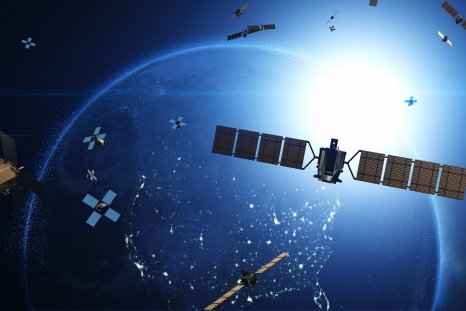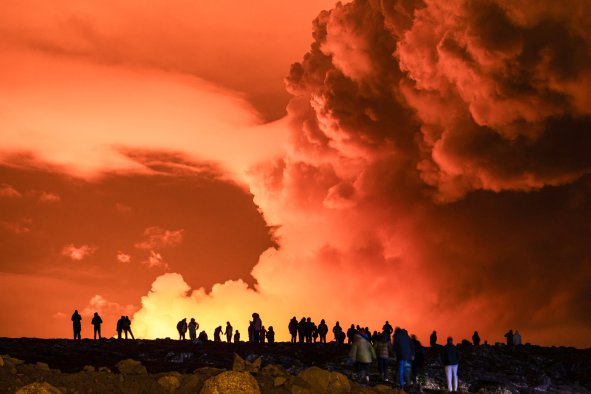NASA has revealed animations of the surface of Jupiter's moon Io, made using brand-new data gathered from the far-off moon.
Io, which is Jupiter's third-largest moon, features large mountains and a glass-like lake of lava with an island in the middle.
The data used to make these animations were gathered by NASA's Juno spacecraft, which did several fly-bys of the moon in December 2023 and January 2024, swooping past as close as 930 miles above the surface.
"Io is simply littered with volcanoes, and we caught a few of them in action," Juno's principal investigator, Scott Bolton, said during a news conference at the European Geophysical Union General Assembly in Vienna on April 16. "We also got some great close-ups and other data on a 200-kilometer-long (127-mile-long) lava lake called Loki Patera. There is amazing detail showing these crazy islands embedded in the middle of a potentially magma lake rimmed with hot lava."
Io was discovered in 1610 by Galileo Galilei and is the most geologically active object in the Solar System. Its surface is dotted with hundreds of volcanoes, some of which are capable of ejecting plumes of sulfur and sulfur dioxide hundreds of miles into space. This extreme volcanic activity is primarily due to tidal heating, resulting from the gravitational forces exerted by Jupiter and some of its other moons causing intense internal friction deep inside Io's interior.
Its surface is composed mainly of silicate rock and sulfur, and its thin atmosphere is mostly sulfur dioxide (SO2), with small amounts of sulfur monoxide, sodium chloride, atomic sulfur, and oxygen.
The new animation shows Loki Patera, a 127-mile-long lake of lava that scientists have been observing for many years. The strange island seen in the center of the lake may be made from cooled lava.
"The specular reflection our instruments recorded of the lake suggests parts of Io's surface are as smooth as glass, reminiscent of volcanically created obsidian glass on Earth," Bolton said.
The Juno fly-bys also revealed a number of Io's other secrets, including the fact that Io has a smoother surface than the three other Galilean moons of Jupiter (Ganymede, Europa, and Callisto). Io was also found to be cooler at the poles than at mid-latitudes.
While the fly-by has helped to reveal some more details about Io, its primary purpose is to study Jupiter itself. Juno's Microwave Radiometer (MWR) will be used to study the water content of Jupiter's atmosphere, as well as the cyclones blowing across Jupiter's north pole, and measure the differences between them.
"Perhaps most striking example of this disparity can be found with the central cyclone at Jupiter's north pole," said Steve Levin, Juno's project scientist at NASA's Jet Propulsion Laboratory in Southern California.
"It is clearly visible in both infrared and visible light images, but its microwave signature is nowhere near as strong as other nearby storms. This tells us that its subsurface structure must be very different from these other cyclones. The MWR team continues to collect more and better microwave data with every orbit, so we anticipate developing a more detailed 3D map of these intriguing polar storms."
Do you have a tip on a science story that Newsweek should be covering? Do you have a question about Io? Let us know via science@newsweek.com.
Disclaimer: The copyright of this article belongs to the original author. Reposting this article is solely for the purpose of information dissemination and does not constitute any investment advice. If there is any infringement, please contact us immediately. We will make corrections or deletions as necessary. Thank you.



